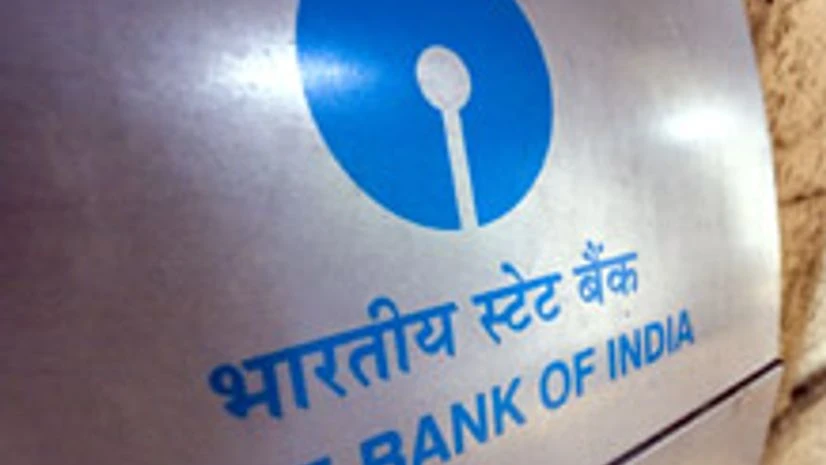Investors remain wary of public sector banks because of their stressed assets and weak capital structures. However, State Bank of India (SBI) could be an exception, say analysts. The return on equity is 10 per cent, half of some leading private banks. Investors believe the new management at SBI has taken several measures to set its house in order, which would improve the bank's returns ratio to 12-15 per cent in their benefits flow coming years from 10 per cent now.
Recapitalisation and the possibility of a massive dilution have been a big overhang for most of these banks but SBI is relatively better placed. The bank raised Rs 8,000 crore through qualified institutional placement earlier this year and has the option of raising tier-I capital bonds to augment its capital structure. IDBI Capital says: “Unlike most peers, the capital adequacy position for SBI has been better.” In case credit demand picks up in 2015, SBI is well placed to grow its loan book, as it is well capitalised. The tier-I capital ratio is 10.1 per cent, which analysts believe is healthy and will allow the bank to grow. The bank also has a strong deposit franchise, of which the current account savings account ratio is 43 per cent.

The bank’s stressed assets continue to be a problem, despite the upside risks. In the past two quarters, SBI has shown mild improvement in slippages and fresh non-performing assets. According to Sharekhan, the stressed loans are 6.1 per cent of the total, better than the other public sector banks.Going ahead, analysts expect the bank to benefit from 5/25 scheme (as per the recent monetary policy announcement).

)
